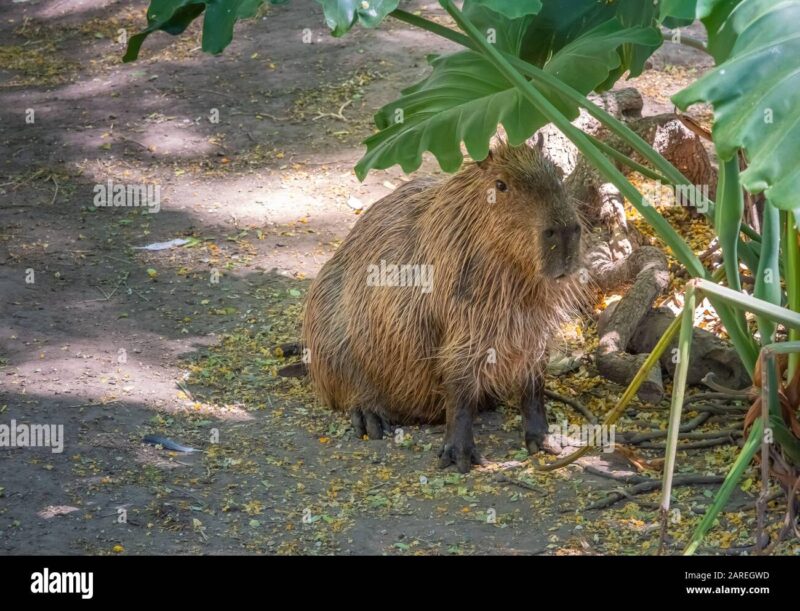Ever wondered how many of those chubby, water-loving creatures are roaming around our planet? Well, you’re in for a treat because we’re about to dive into the fascinating world of capybaras and uncover just how many of these oversized guinea pigs are out there.
The Capybara Census: A Numbers Game
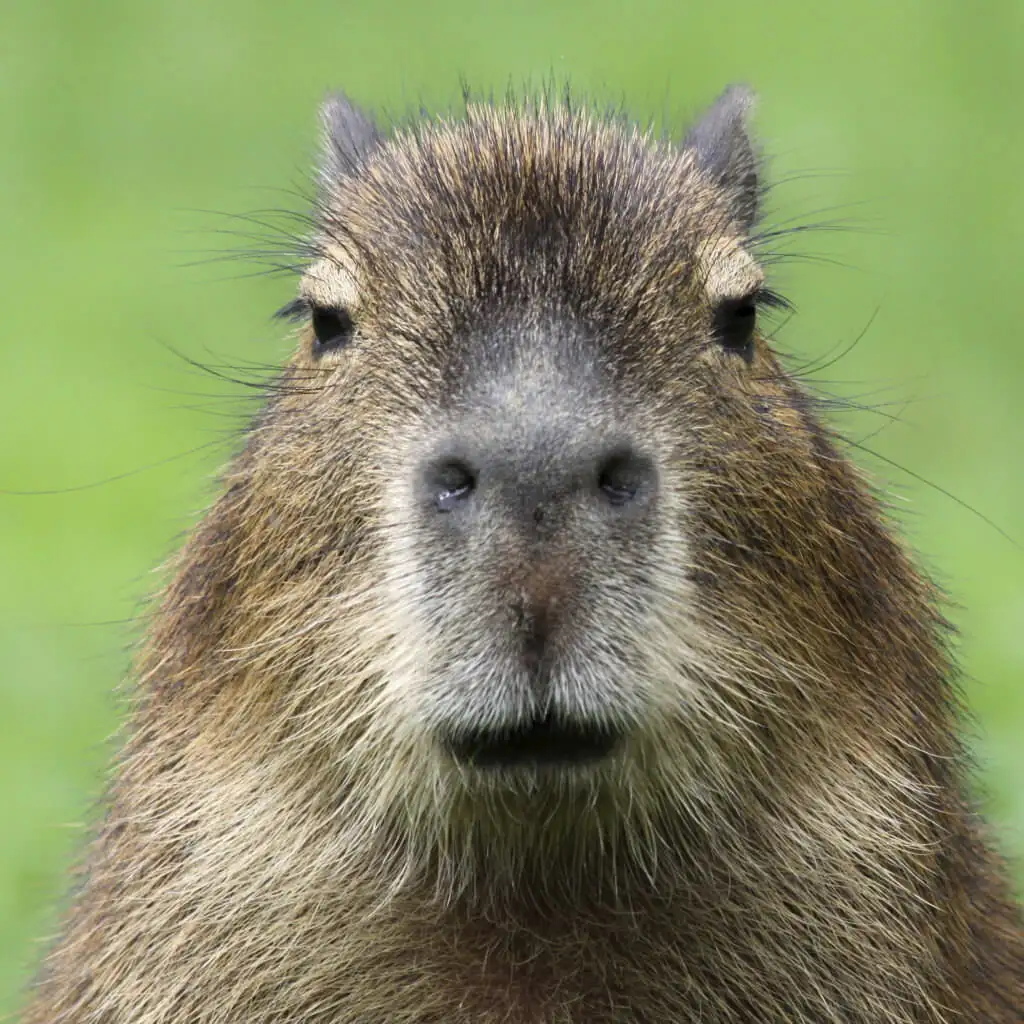
Let’s cut to the chase – there’s no exact count of capybaras worldwide. But don’t worry, I’ve got some juicy details that’ll give you a solid idea.
Brazil: The Capybara Capital
Brazil takes the crown when it comes to capybara populations. Get this:
- The Brazilian Pantanal, the world’s largest wetland, is home to an estimated 500,000 capybaras.
- That’s right, half a million of these adorable critters in one area alone!
But Brazil’s not hogging all the capybara love. Let’s break it down by country:
- Brazil: Approximately 1,200,000 capybaras
- Colombia: Around 800,000 capybaras
- Venezuela: Roughly 600,000 capybaras
- Bolivia: About 400,000 capybaras
Capybara Hotspots: Where to Find These Chonky Bois
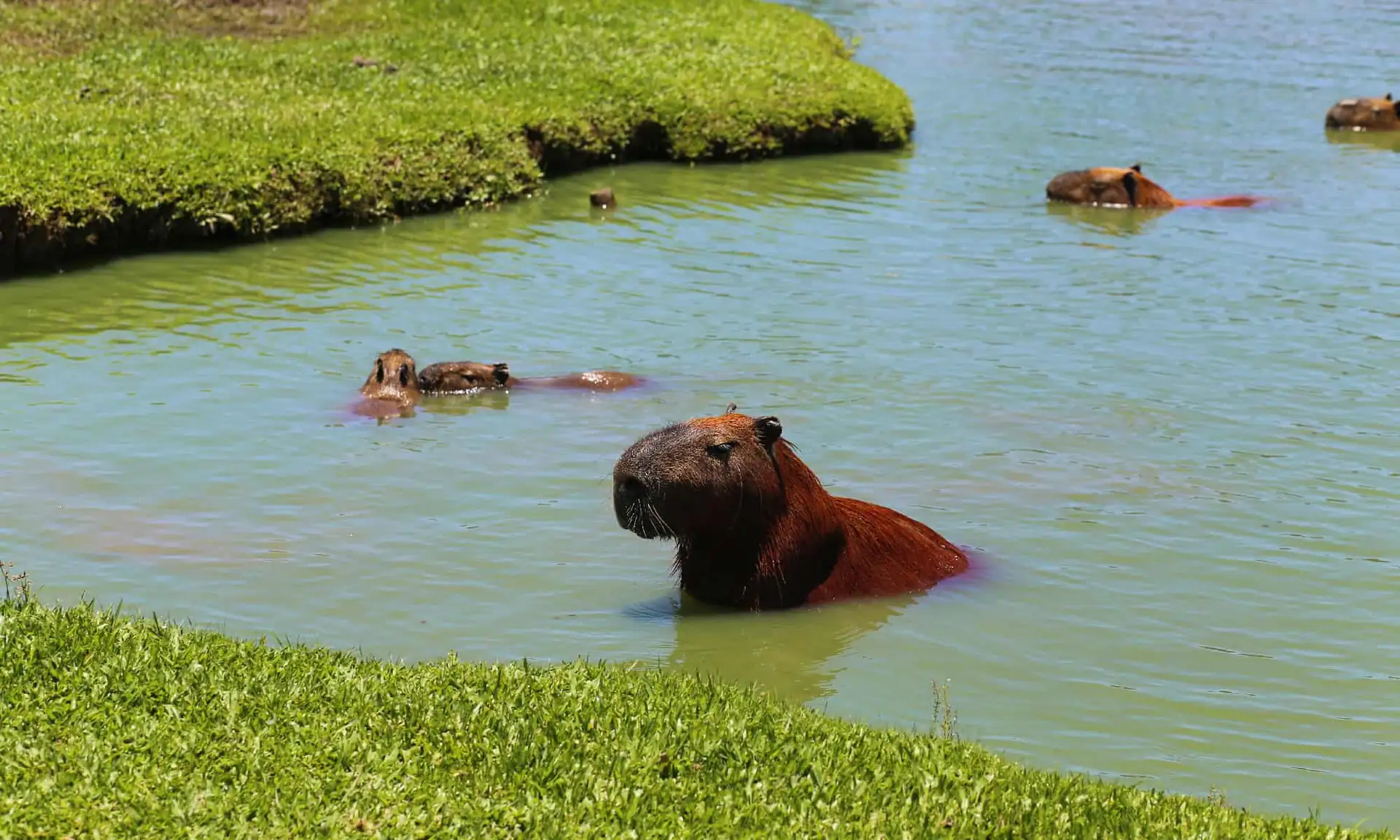
Capybaras aren’t just chilling in Brazil. These semi-aquatic rodents have spread their cuteness across South America. You’ll find them in:
- Panama
- Colombia
- Venezuela
- Guyana
- Peru
- Paraguay
- Northeast Argentina
- Uruguay
They’re like the social butterflies of the rodent world, hanging out near water bodies and forming groups of up to 100 individuals. Talk about a party!
The Capybara Population Rollercoaster
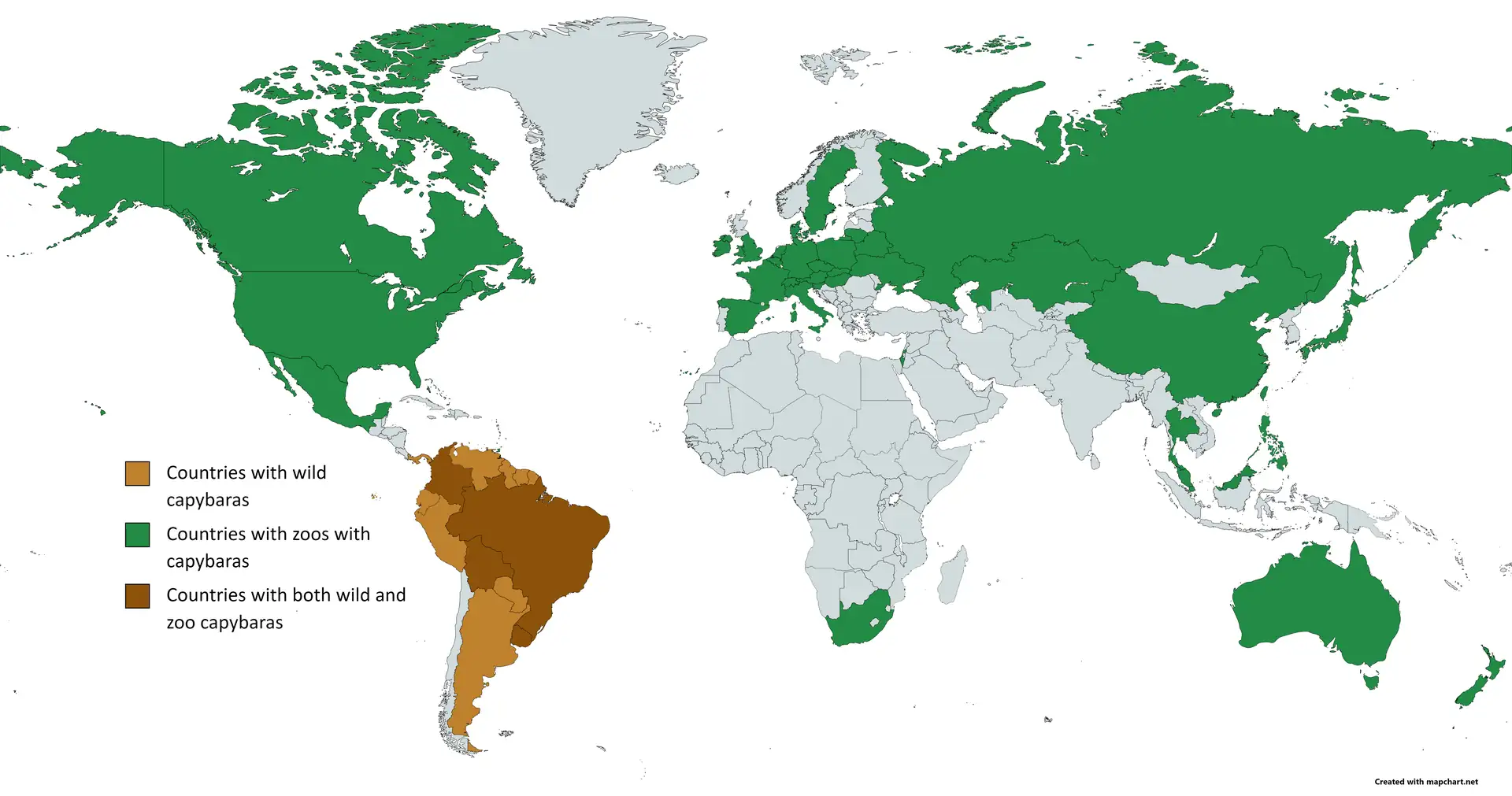
Now, you might be thinking, “Are these water piggies thriving or diving?” Well, it’s a bit of a mixed bag.
The Good News
Capybaras are listed as “Least Concern” on the IUCN Red List. That’s science-speak for “they’re doing pretty okay.” In fact, in some areas, they’re considered pests because there are so many of them.
The Not-So-Good News
But it’s not all sunshine and rodent rainbows. Some areas have seen a decline in capybara numbers due to:
- Hunting for meat and leather
- Habitat loss
- Human encroachment
Capybara Population Density: It’s Getting Crowded in Here
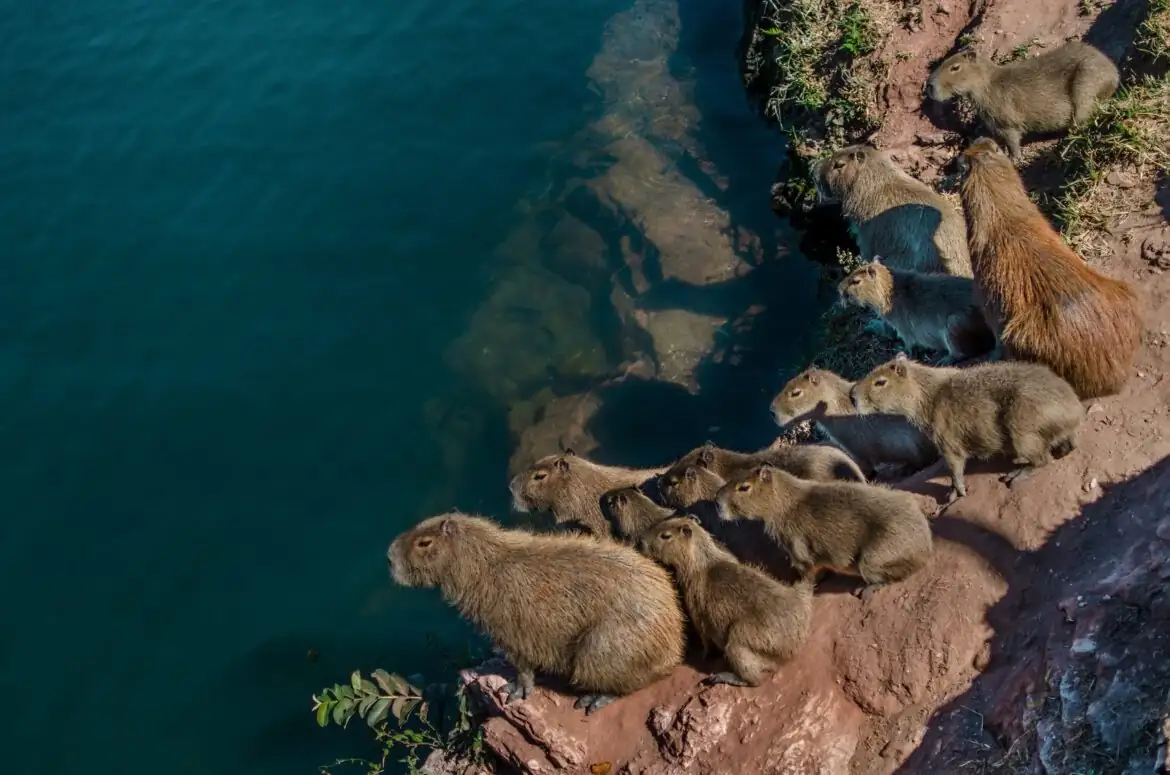
Let’s talk numbers, shall we? In some areas, capybaras are living large:
- In anthropogenic wetlands (fancy talk for man-made wetlands), population density can reach a whopping 195 individuals per square kilometer.
- That’s like having 195 furry, 100-pound potatoes in an area the size of a few football fields!
The Capybara Baby Boom
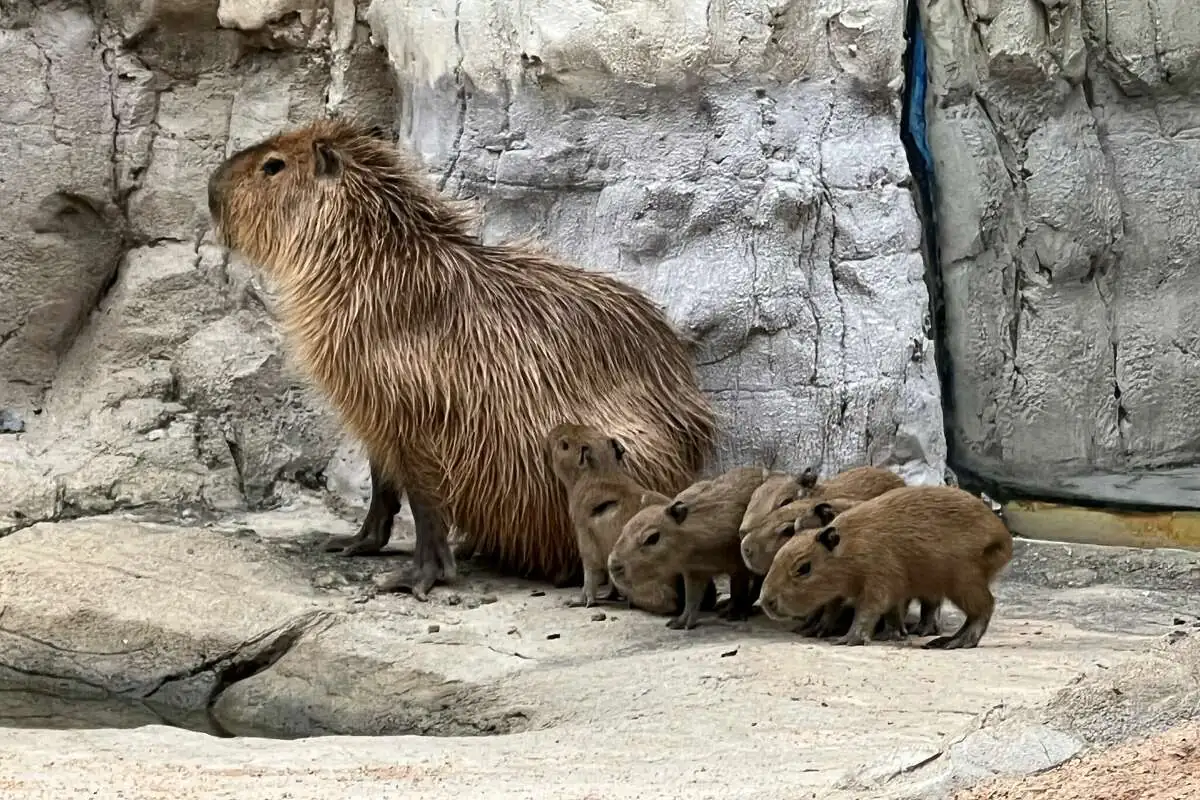
These oversized rodents aren’t shy about multiplying. Here’s the lowdown on capybara reproduction:
- Females can have 1-2 litters per year
- Each litter typically has 4 babies (but can range from 1-8)
- Gestation period is 130-150 days
That’s a lot of baby capybaras entering the world each year!
FAQs: Your Burning Capybara Questions Answered
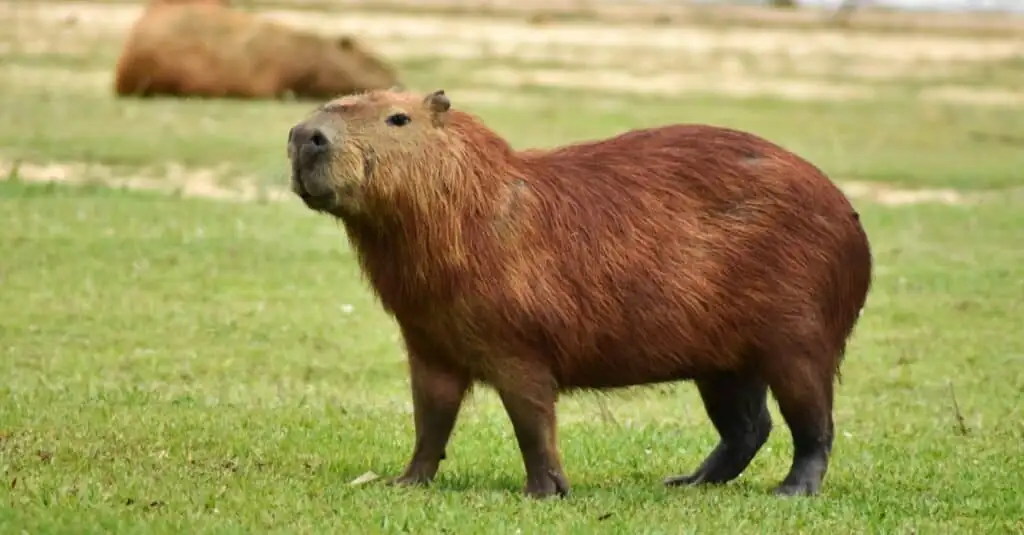
Q: Are capybaras endangered?
A: Nope! They’re listed as “Least Concern” on the IUCN Red List. These rodents are doing just fine overall.
Q: Where can I see capybaras in the wild?
A: Your best bet is South America, especially Brazil’s Pantanal region. But they’re also found in zoos worldwide if you can’t make the trip.
Q: How big do capybaras get?
A: These chunky boys can grow up to 4.6 feet long and weigh up to 146 pounds. That’s one big rodent!
Q: Do people eat capybaras?
A: Yes, in some South American countries, capybara meat is consumed. It’s even considered a delicacy in Venezuela during Lent.
The Future of Capybaras: What’s Next for These Aquatic Cuties?
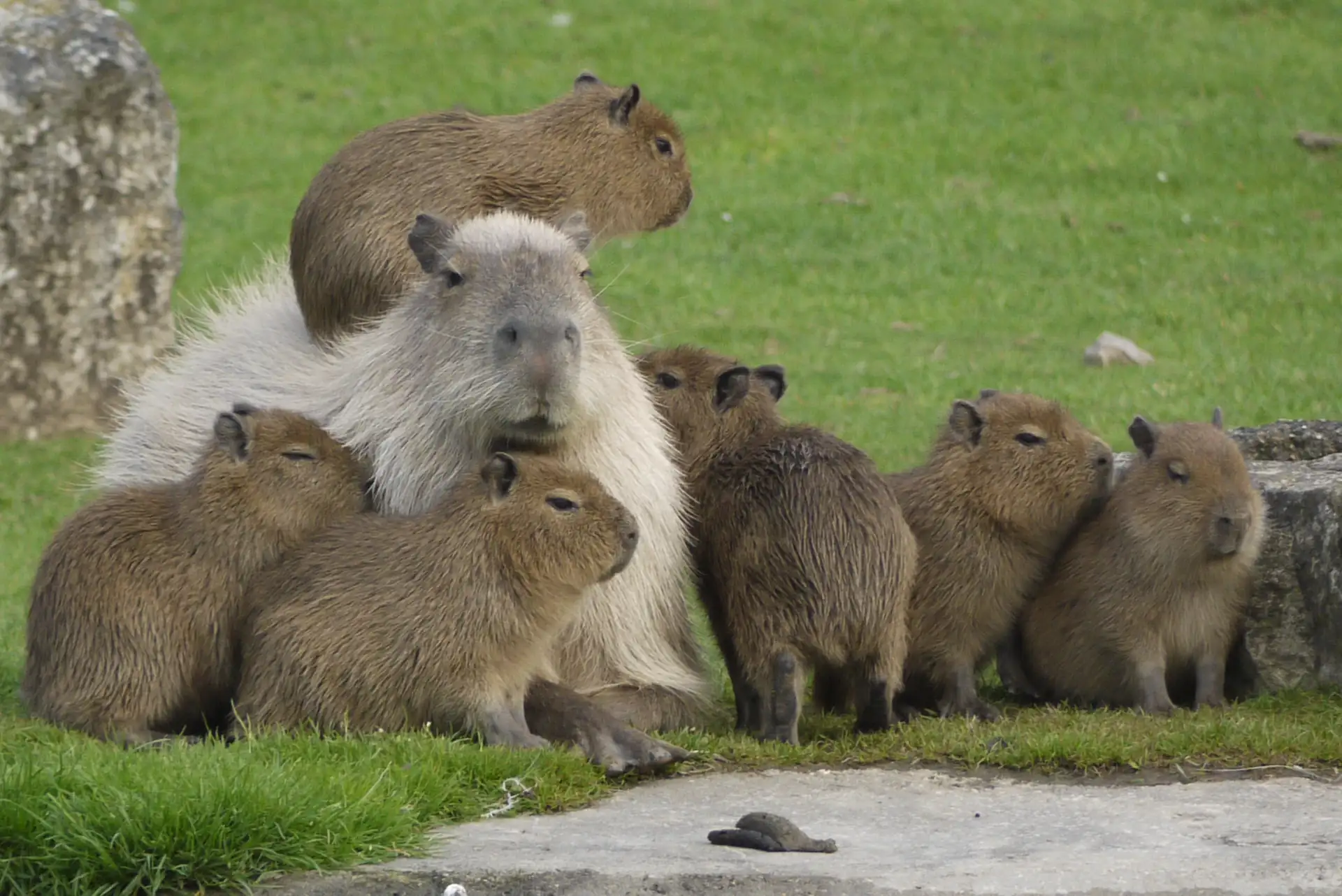
So, what’s the forecast for our capybara friends? Here’s the scoop:
- Population Stability: Overall, capybara numbers are holding steady. They’re adaptable critters and can thrive in various habitats.
- Urban Invaders: In some areas, capybaras are becoming urban dwellers. In Argentina, they’ve even taken over a gated community!
- Conservation Efforts: While not endangered, some countries are implementing sustainable use programs to ensure capybara populations remain healthy.
- Research Opportunities: Scientists are studying capybaras to learn more about their behavior, ecology, and potential benefits to ecosystems.
Wrapping It Up: The Capybara Count
So, how many capybaras are in the world? While we don’t have an exact number, we’re looking at several million of these lovable creatures spread across South America. From the wetlands of Brazil to the llanos of Venezuela, these social, semi-aquatic rodents are living their best lives.
Remember, next time you see a capybara (whether in the wild or just chilling in a hot spring at a Japanese zoo), you’re looking at one of millions. But each one is unique, with its own personality and charm.
Keep an eye out for these fascinating creatures. Who knows? With their adaptability and reproductive prowess, we might just see capybaras popping up in new places around the world. After all, who wouldn’t want these friendly giants as neighbors?
So there you have it, folks. The capybara count may not be exact, but one thing’s for sure – there’s plenty of capybara cuteness to go around. And in my book, that’s what really counts.

